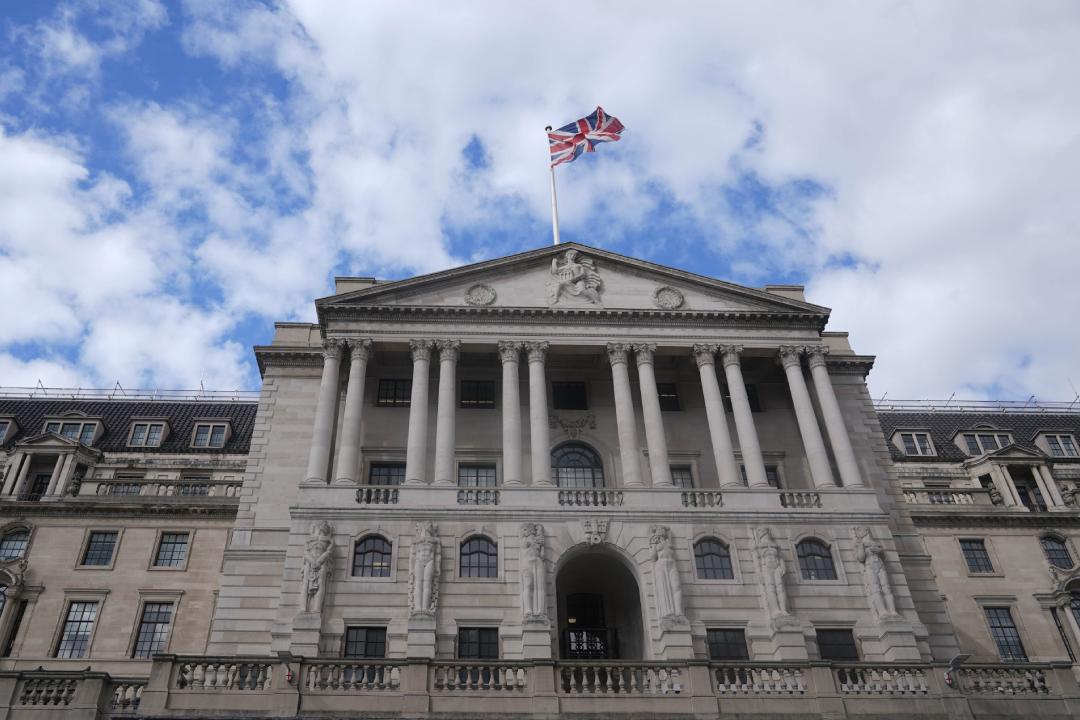

Share markets fell sharply again over the last week in response to continuing hawkish central bank comments and rising recession fears not helped by a mini fiscal crisis in the UK.
This capped off sharp falls for the month with US and global shares down about 8%, which saw September live up to its reputation as the weakest month of the year for shares. Reflecting the poor global lead Australian shares also fell about 1.5% for the week with falls led by property, utility, financial and energy stocks. For the month Australian shares fell about 7.5%. Bond yields rose further not helped by the UK crisis. Oil and metal prices rose slightly but iron ore prices fell. The AUD fell below $US0.65, despite a slight fall in the USD.
Despite a brief mid-week bounce shares remain oversold and could still have a more sustained bounce from these levels. But beyond that they remain at high risk of more downside in the short term as central banks remain hawkish, recession risks are high and rising, and the conflict in Ukraine looks likely to escalate with Russia moving to annex occupied territory.
Mayhem in the UK
The financial market turmoil in the UK – which saw a surge in bond yields and a plunge in the pound which was triggered by the UK Government’s fiscal stimulus – would normally have been a bit of a sideshow. However, it impacted global markets because it engendered a sense of crisis.
The Bank of England’s intervention to calm the gilt market (which was threatening financial problems for UK pension funds) by buying bonds (i.e., restarting QE) has helped calm things – directly in the UK and indirectly elsewhere by showing that authorities will still intervene in a crisis. This in turn saw bond yields fall back a notch in the US and Europe. Unfortunately, the return to QE may just add to inflationary pressures if it has to be sustained for long, which may necessitate an even higher interest rate hike when the BoE next meets in early November. Many are talking about a 1.25% hike, which leaves the BoE in the silly position of easing and tightening at the same time.
The broader issue though remains the aggressive monetary tightening we are now seeing globally. Our concern remains that the Fed and other central banks have become locked into supersized hikes based on backward-looking inflation and jobs data at a time when they should be giving more attention to monetary policy lags. This increases the risk of overtightening driving a deep recession.
Consistent with the threat to growth and risk of recession we are seeing further downgrades to the growth outlook. This was highlighted by the OECD downgrading its 2023 global growth forecast to 2.2% with Germany negative, the UK flat, the Eurozone at 0.3% and the US at 0.5%. Australia was cut to about 2%. Consistent with this, earnings expectations are being revised down.

However, there remain snippets of good news and reason for optimism on a 12-month horizon. Our Pipeline Inflation Indicator continues to slow, US rents are now falling as is the US money supply all of which suggest that inflation will fall faster than the Fed is now expecting and inflation expectations outside of Europe have fallen.
In Australia, the RBA is expected to hike rates again on Tuesday. After four back-to-back outsized rate hikes the RBA should scale back to 0.25% to be able to better assess their lagged impact. The RBA has continued to indicate that it expects to raise rates further, however, the case to slow down the hikes is very strong:
The ABS Monthly CPI Indicator showed a further rise in Australian inflation – but less so than expected. The new monthly inflation indicator rose from 6.8%yoy in June to 7%yoy in July before falling back to 6.8%yoy in August. The fall back in August largely reflected lower fuel prices.
Caution should be applied in interpreting the monthly CPI as; it only updates about two-thirds of CPI items; it’s very volatile month to month; and there is no trimmed mean or median.
Some guide to the underlying trend was provided by a monthly measure excluding fruit, vegetables and fuel and it rose from 5.5%yoy in June to 6.2%yoy in August. Against this though, rolling 3-month momentum in the monthly CPI has slowed from 2.3% in May to 1.7% in June, suggesting that price pressures in the items included may have peaked.
That said this may be dramatically understating the September quarter CPI because the monthly measure excludes electricity and gas. So for now we are leaving our September quarter CPI forecast at 1.8%qoq or 7.2%yoy and doubt that the monthly indicator will have much impact on the October RBA decision in line with comments already made by Governor Lowe and Deputy Governor Bullock.

Economic activity trackers
Our Australian and US European Economic Activity Trackers rose slightly in the last week, but our European Tracker fell. While some momentum has been lost after the recovery from the pandemic, economic activity is holding up reasonably well so far – but this likely reflects the usual lags from monetary tightening.

Australian economic events and implications
In Australia, apart from the monthly CPI covered above, economic data was mixed. Retail sales surprised again on the upside, but a slowdown is coming. While retail sales have remained stronger for longer than expected, we continue to expect a slowdown ahead.
